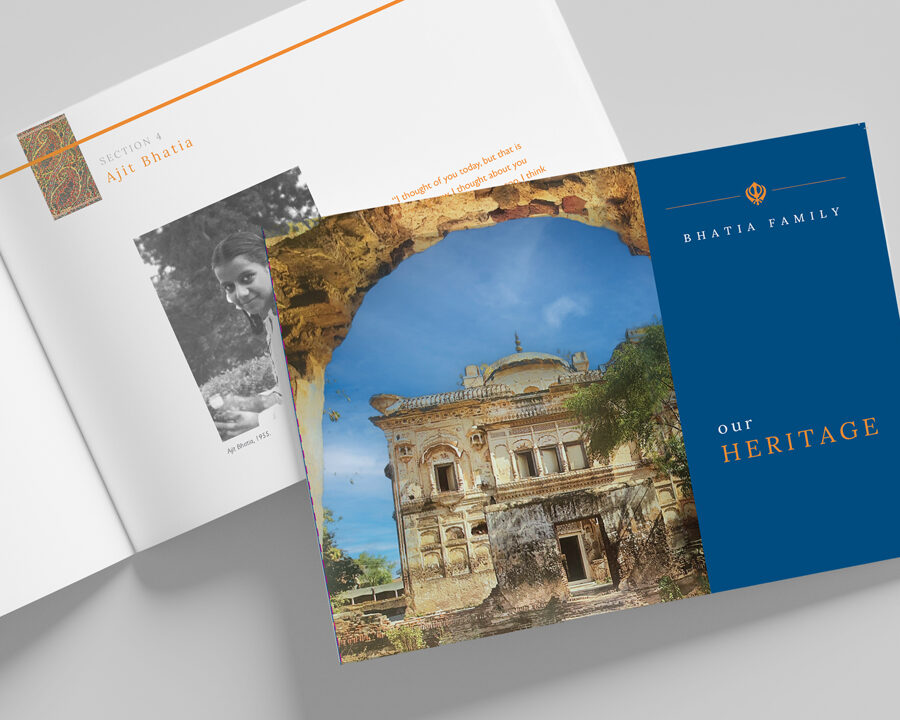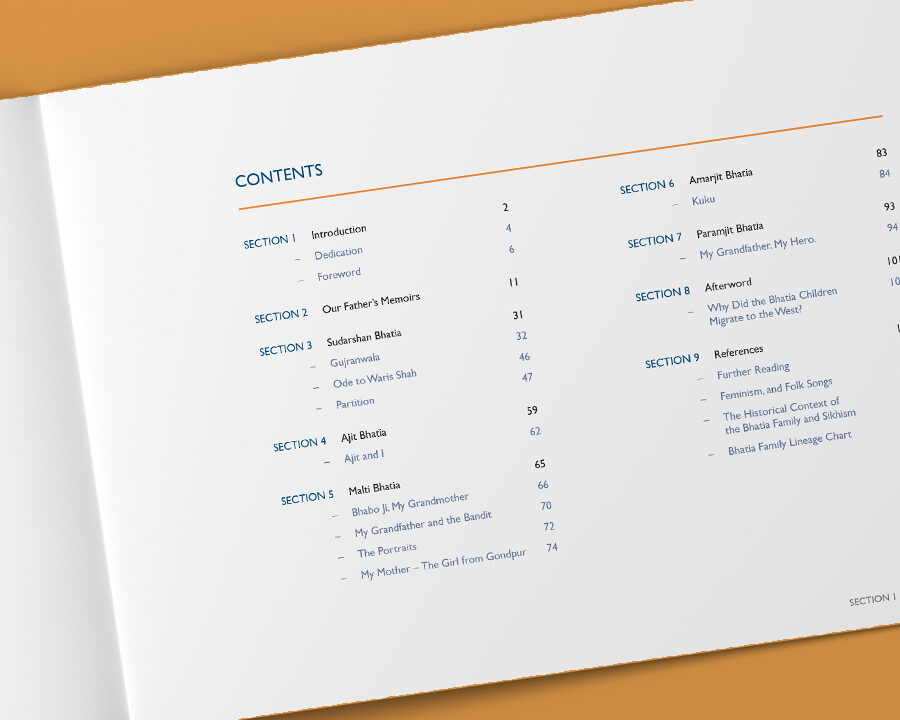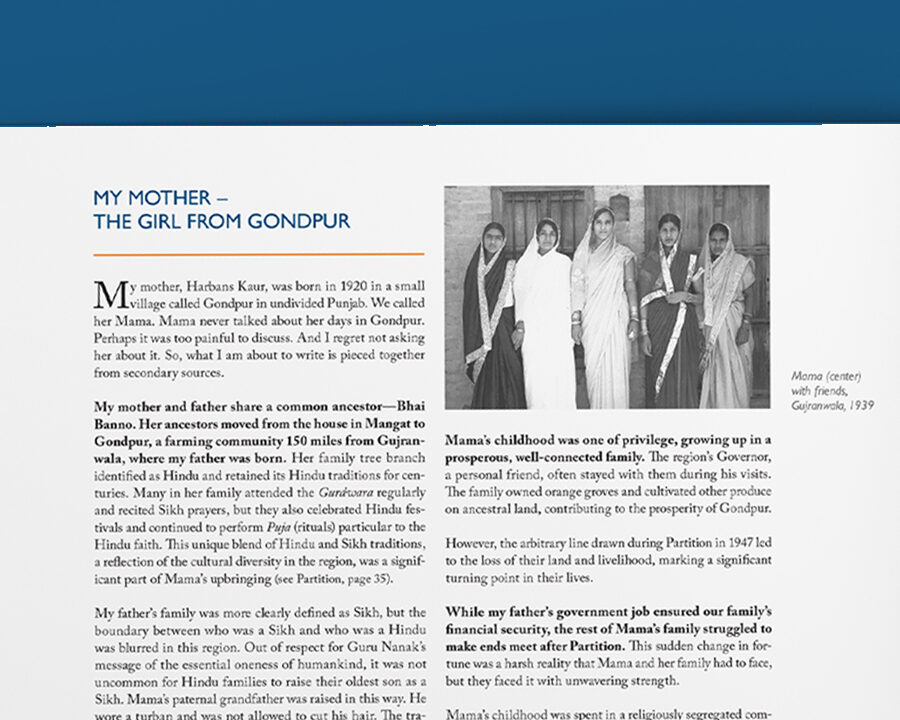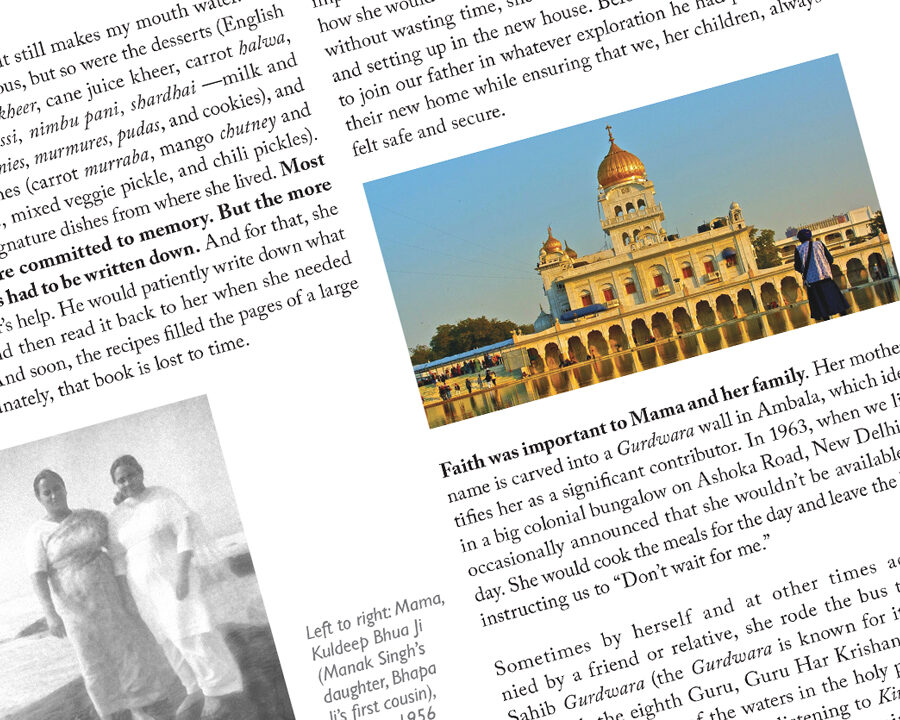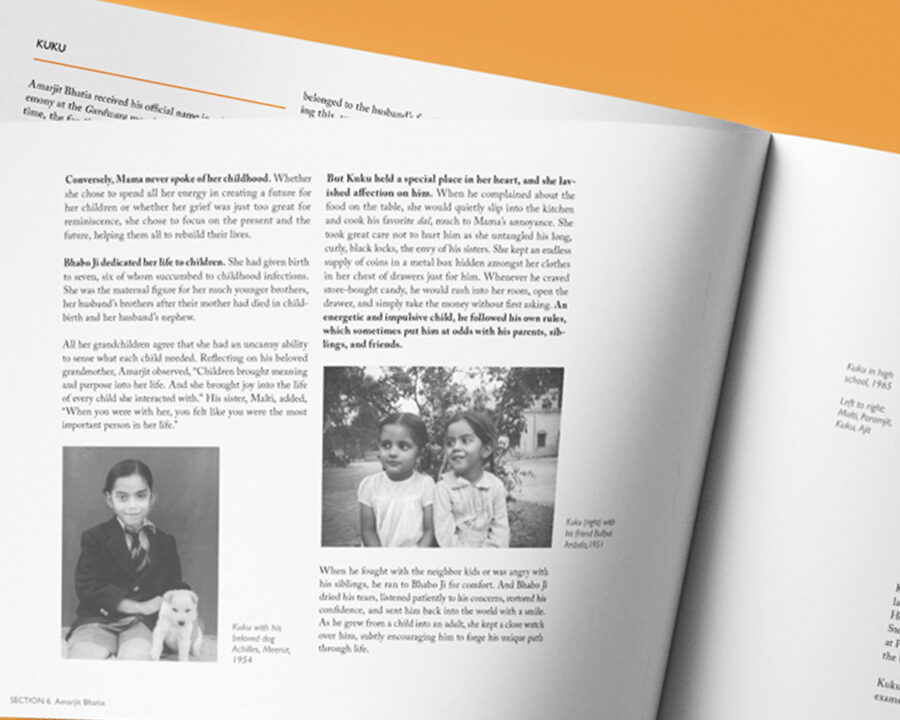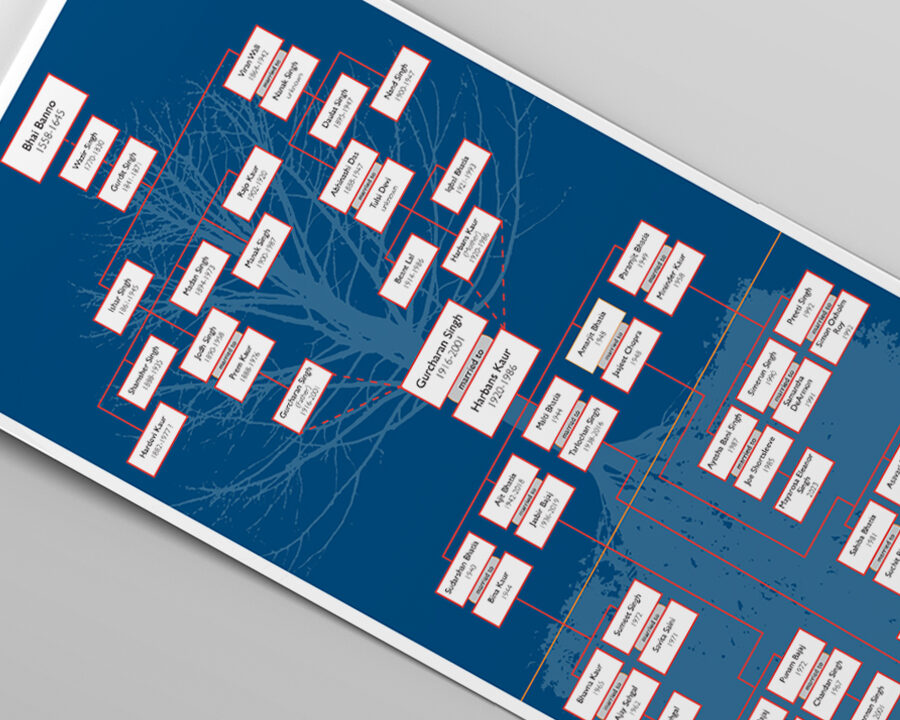our
HERITAGE
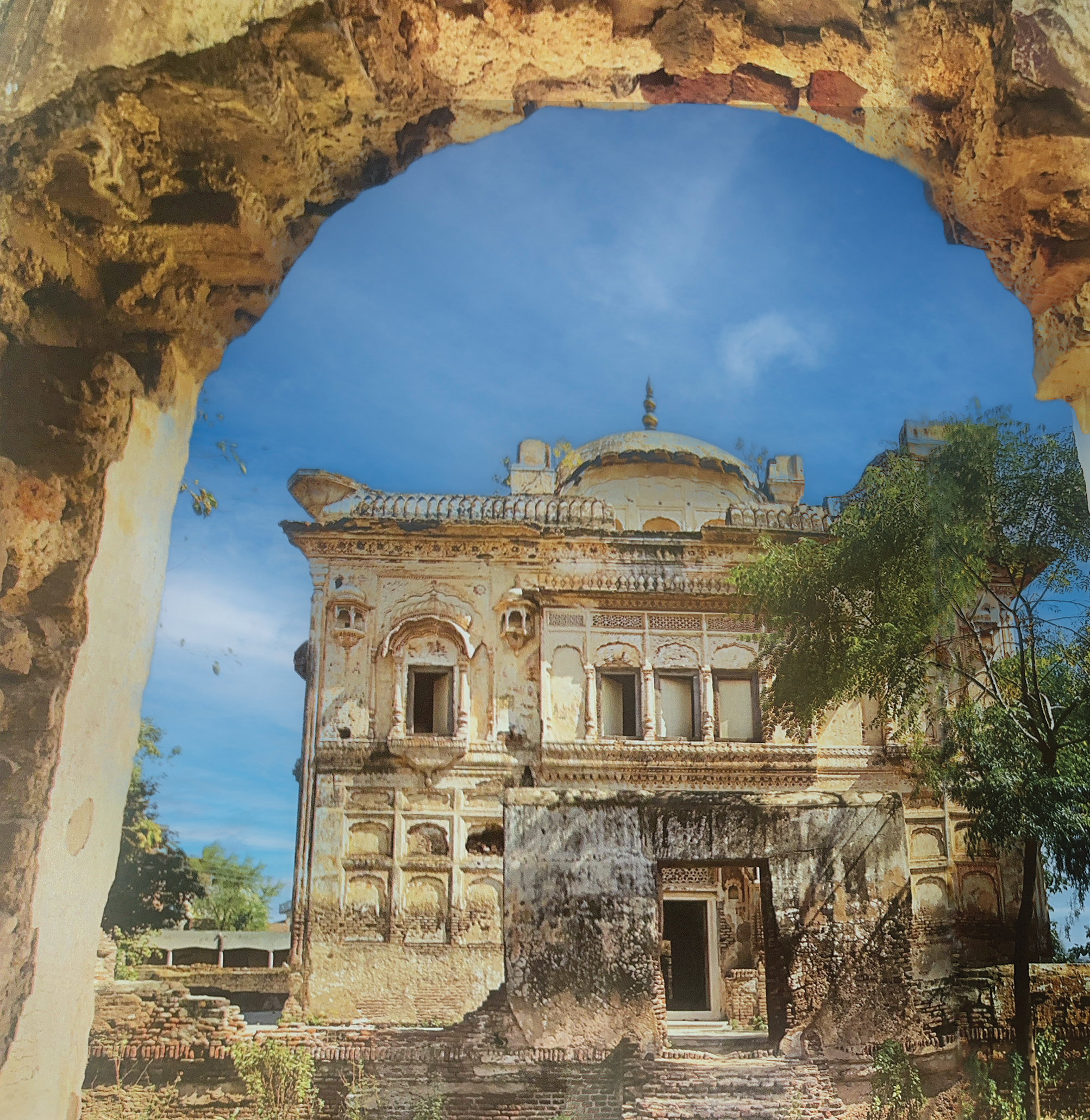
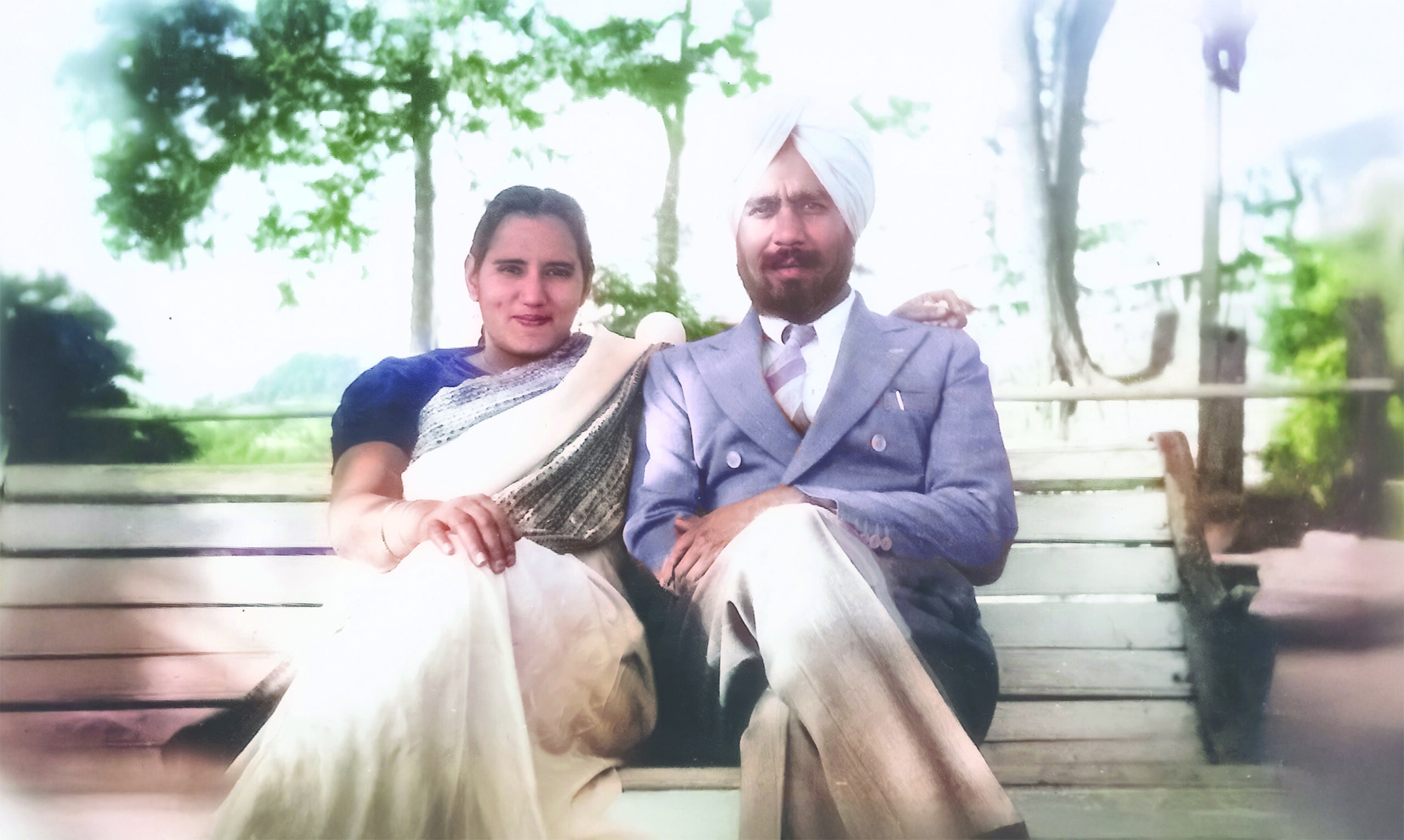
our
STORY
This book aims to revisit the family's myths and traditions and bring them to life, fostering a deep connection and belonging for future generations.
our
HERITAGE

our
STORY

This book aims to revisit the family's myths and traditions and bring them to life, fostering a deep connection and belonging for future generations.
Who gave us the gift of dreams and the ability to realize them.
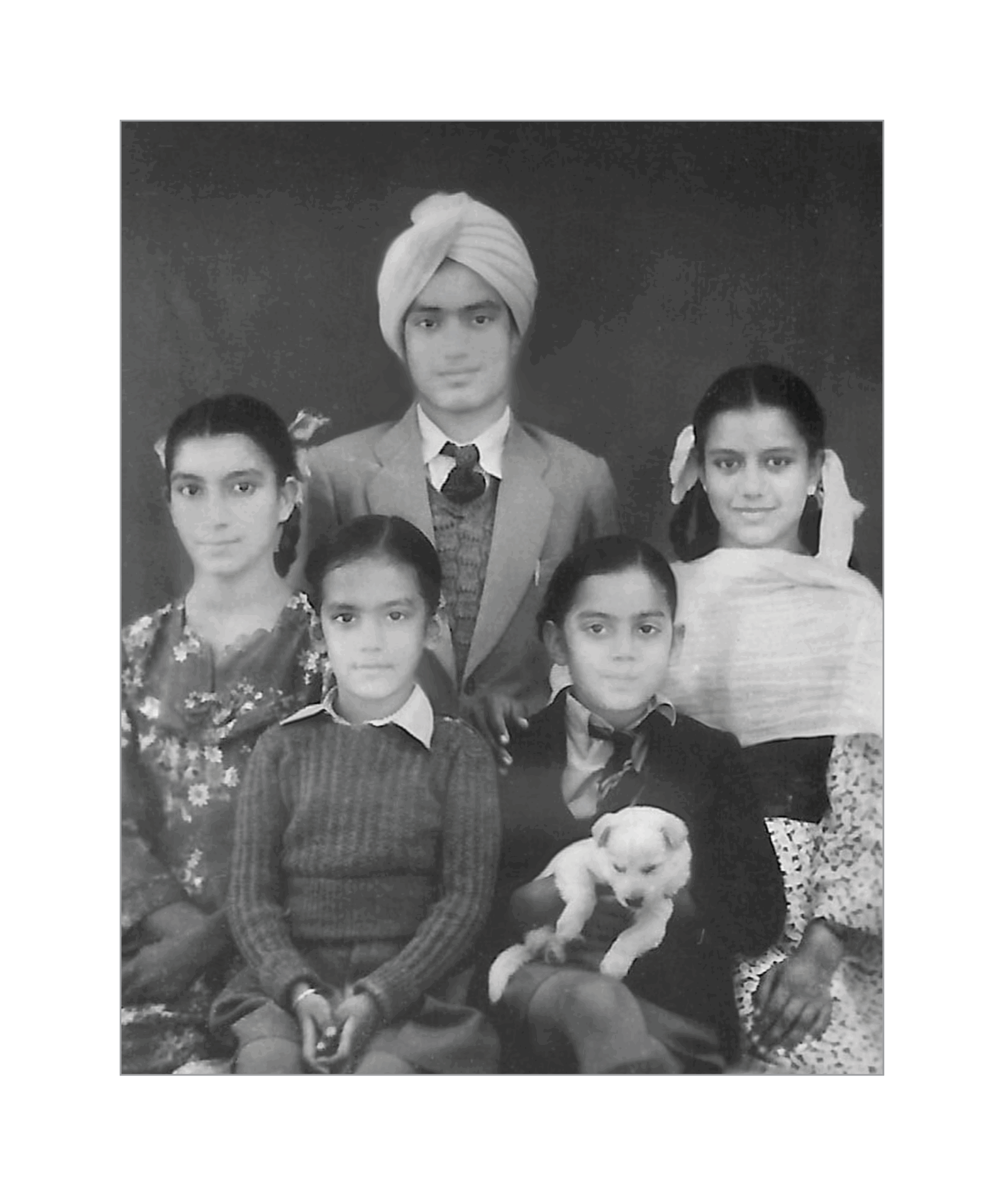
To our children
Who continue to inspire us to tell stories that matter.
Read your legacy
This book aims to revisit family myths and traditions, for the purpose of creating connection and a sense of belonging for future generations. The Biographical accounts focus on events between 1940-1955. During these years everyone whose stories are told experienced a complete uprooting as one country became two based on the majority religion.
The history of the Bhatia family, your history, is rooted in the Sikh faith and entwined with Sikh history. The Bhatia family’s embrace of the Sikh faith meant a rejection of the traditional Asian model of the spiritual apprentice, where servitude is paramount, and a movement towards individual empowerment and intellectual freedom.
Perhaps their most significant legacy is that they chose to live lives in service of the community. They were not required to do so, and many in their community didn’t. But they did.
And now it is our turn. What will we do?
Who gave us the gift of dreams and the ability to realize them.

To our children
Who continue to inspire us to tell stories that matter.
Read your legacy
This book aims to revisit family myths and traditions, for the purpose of creating connection and a sense of belonging for future generations. The Biographical accounts focus on events between 1940-1955. During these years everyone whose stories are told experienced a complete uprooting as one country became two based on the majority religion.
The history of the Bhatia family, your history, is rooted in the Sikh faith and entwined with Sikh history. The Bhatia family’s embrace of the Sikh faith meant a rejection of the traditional Asian model of the spiritual apprentice, where servitude is paramount, and a movement towards individual empowerment and intellectual freedom.
Perhaps their most significant legacy is that they chose to live lives in service of the community. They were not required to do so, and many in their community didn’t. But they did.
And now it is our turn. What will we do?
WHERE DID BHATIA’S COME FROM?
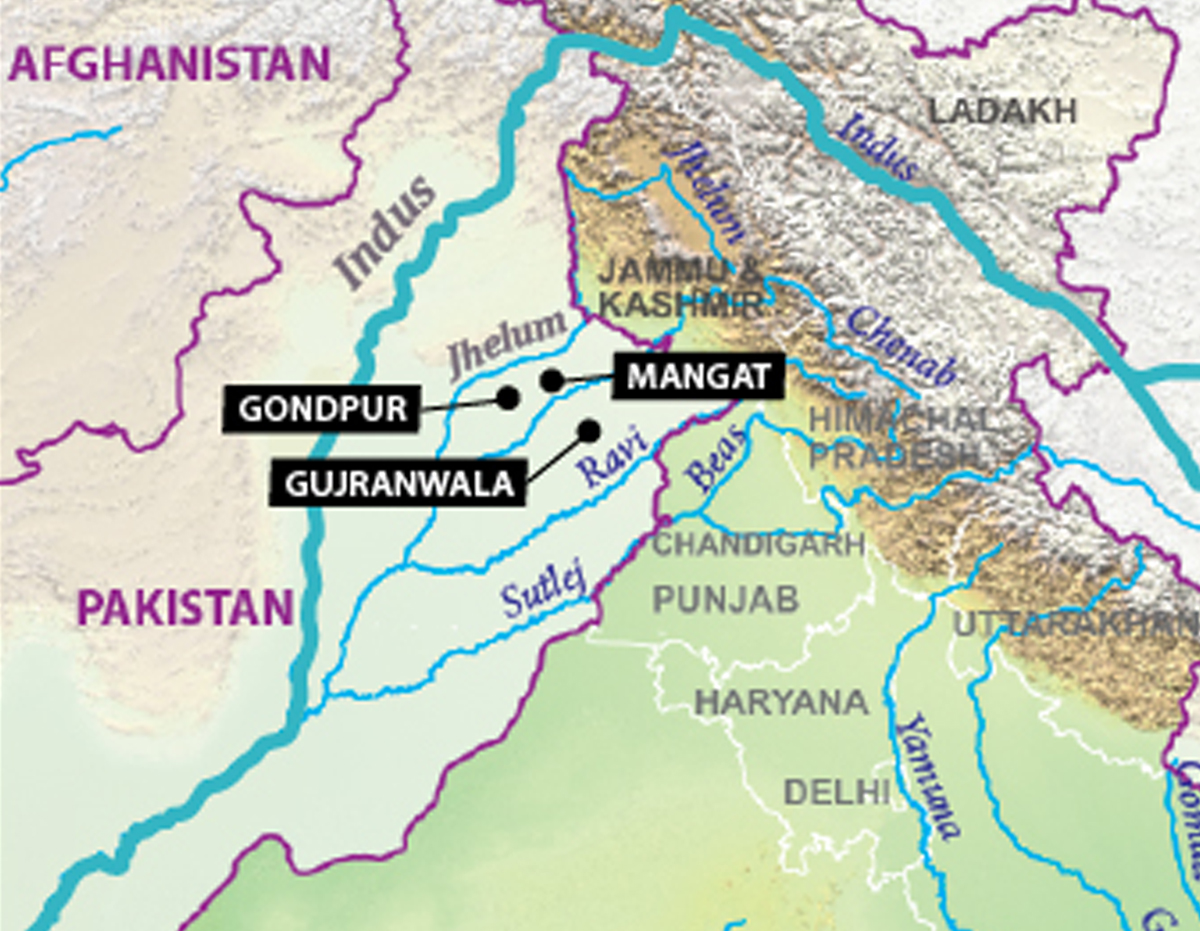
Descendants of Krishna (Krishna Vanshi), Bhatia is a caste in India’s Punjab, Sindh, and Gujrat regions. Read why your family had to move from Jaisamer in the 11th century.
WHAT WAS THE BHATIA FAMILY’S EXPERIENCE OF PARTITION?
(Check out Partition and other stories)
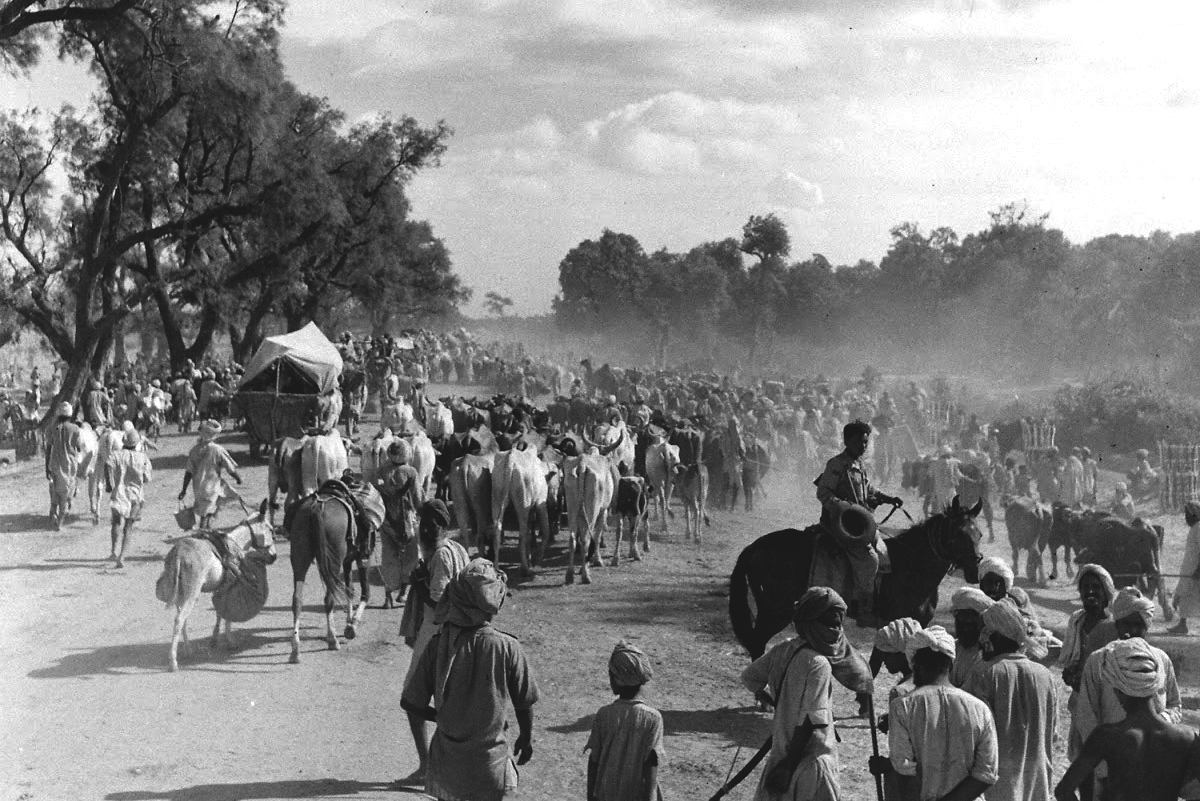
Partition in 1947 changed everything. Partition not only separated us from our ancestral lands but also a part of our identity. Things would never be the same again.
WHAT IS THE BHATIA FAMILY’S ROLE WITH THE HISTORY OF SIKHISM?
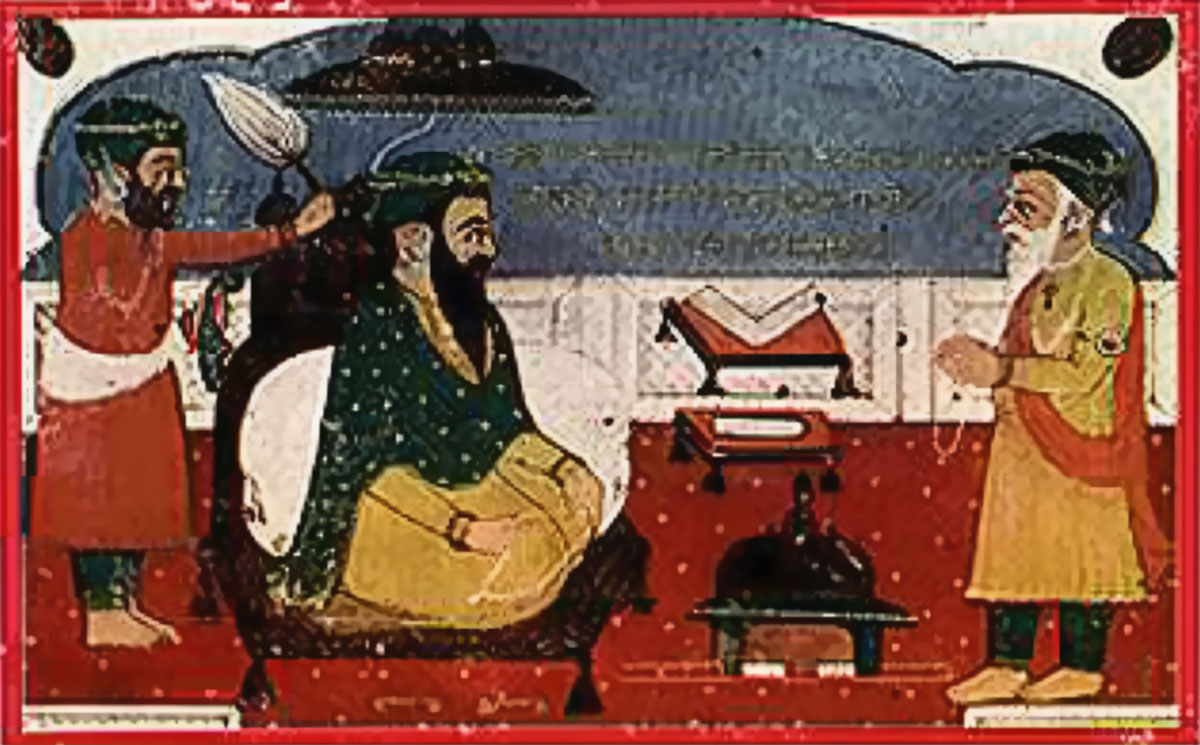
Our Sikh heritage starts with the sixteenth-century ancestor, Bhai Banno. Bhai Banno had a role in the construction of the holiest site in Sikhism and in the compilation of the Sikh Holy book. 100 years later Maharaja Ranjit Singh chose the eighth descendant of Bhai Banno to become the head priest, and bestowed a title of Jagirdar elevating the status of the family within the Sikh community.
WHY DID THE BHATIA CHILDREN MIGRATE TO NORTH AMERICA?
(Check out Afterword and other stories)

Coming of age in post-colonial India was difficult. Disillusioned, the Bhatia family was drawn to individual freedom and opportunity in North America.
WHERE DID BHATIA’S COME FROM?

Descendants of Krishna (Krishna Vanshi), Bhatia is a caste in India’s Punjab, Sindh, and Gujrat regions. Read why your family had to move from Jaisamer in the 11th century.
WHAT IS THE BHATIA FAMILY’S ROLE WITH THE HISTORY OF SIKHISM?

Our Sikh heritage starts with the sixteenth-century ancestor, Bhai Banno. Bhai Banno had a role in the construction of the holiest site in Sikhism and in the compilation of the Sikh Holy book. 100 years later Maharaja Ranjit Singh chose the eighth descendant of Bhai Banno to become the head priest, and bestowed a title of Jagirdar elevating the status of the family within the Sikh community.
WHAT WAS THE BHATIA FAMILY’S EXPERIENCE OF PARTITION?
(Check out Partition and other stories)

Partition in 1947 changed everything. Partition not only separated us from our ancestral lands but also a part of our identity. Things would never be the same again.
WHY DID THE BHATIA CHILDREN MIGRATE TO NORTH AMERICA?
(Check out Afterword and other stories)

Coming of age in post-colonial India was difficult. Disillusioned, the Bhatia family was drawn to individual freedom and opportunity in North America.
Baabaanee-aa Kahaanee-aa put saput karayn”
GURU AMAR DAS, PAGE 951, GURU GRANTH SAHIB
Let's continue the conversation
bhatiafamilyhistorybook@gmail.com

